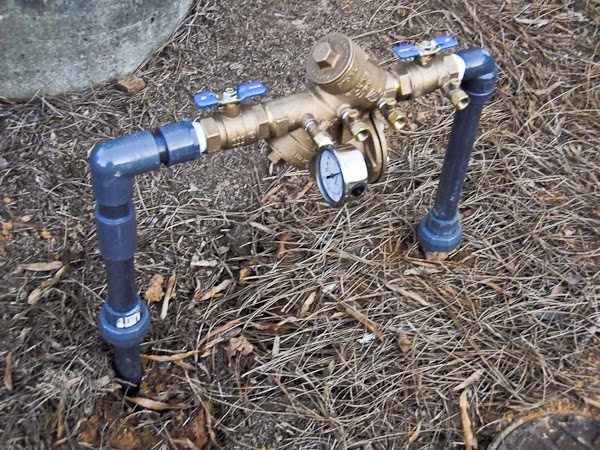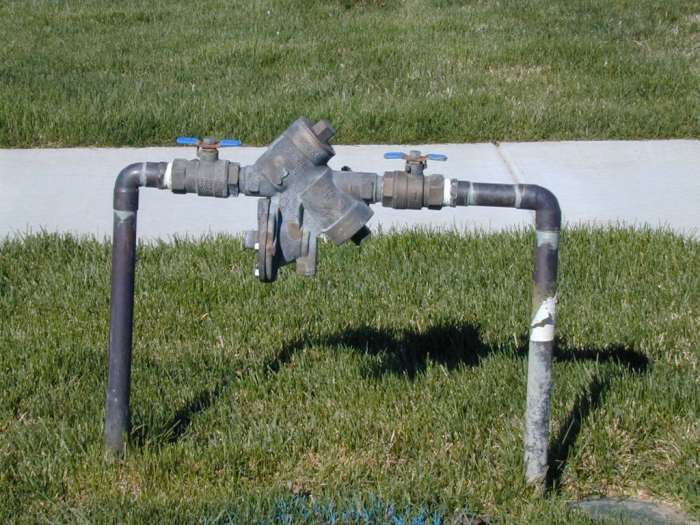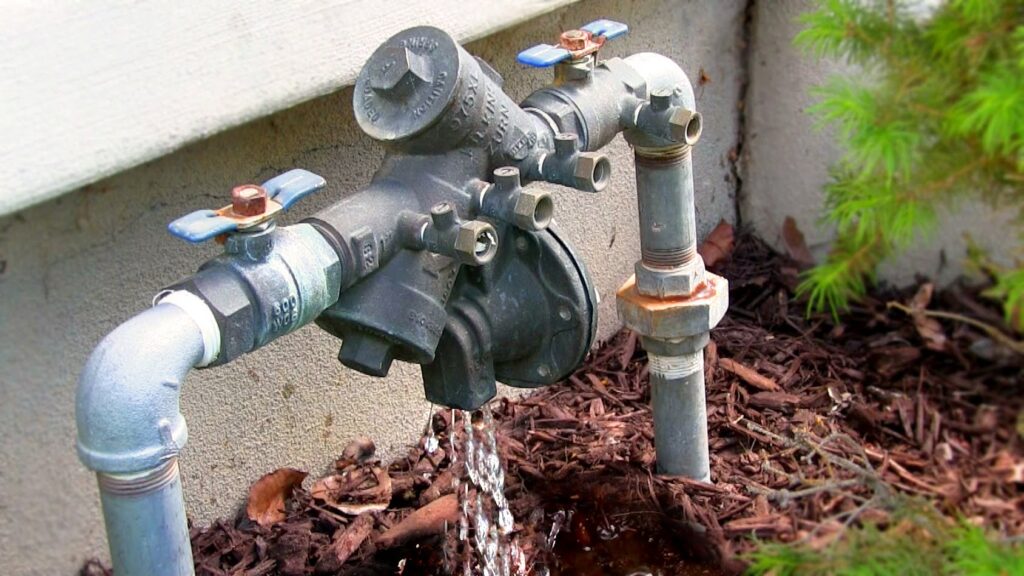The term backflow, in literal terms, means the flow of a substance opposite to its intended direction. While in the plumbing world, backflow can be attributed to a serious concern. If you have done some household plumbing or repairs, or maybe dealt with clogged drains; you would have noticed water flowing back up the drain into the tub or sink. And this is exactly what water backflow is.
When we think of it on a large scale, like an apartment complex or a city water mains supply, the backflow of stagnant water or the supplies for different systems like fire protection and potable water mix-up can be disastrous.
What causes backflow?
The water flow is usually driven by pressure and inclination. While the latter very little to drive the flow, the former has a huge impact. Pressure differences in the water supply/distribution system force the water in a certain direction (from high to low pressure).

However, any disturbance to these pressure levels can divert the water in a different direction. Some of the most common events that can lead to a backflow are damaged pipelines and improper repair/cleaning procedures.
- If there is a leak or break in the mains line for a household or complex, it can lead to loss of pressure. This, in turn, would cause a pressure an imbalance and force the incoming water back into the system; leading to a backflow.
- If for example, an elevated tank or heating system is drained down, it can cause increased pressure on the downstream system. As a result, it would push back the water to a low-pressure area, which is the city supply. Hence a backflow. This scenario is referred to as back-siphonage, a situation where the pressure on the receiver end is higher than that of the supply, which causes flow reversal.
And these backflows are quite a concerning matter, as the flow of contaminated water (which may include human waste, industrial disposal, agricultural products like fertilizers, etc.) can flow back into the main supply and contaminate the entire supply chain.
How to protect against backflow?
Is the plumbing of your house/office equipped to manage backflows? Contact Plumbing & Pipeline Solution and get a professional to inspect and guide you to make your system backflow proof.
While the events and situations leading to a backflow are a little too difficult to prevent and predict, some engineering solutions can help protect the system from the impact.
A backflow preventer is a device that ensures a unidirectional flow of water – from the water mains to the consumer systems (downstream) and is designed to restrict the reverse flow, thus keeping the water within in the downstream system. These generally have a check gate which allows the water to flow into the system but shuts off the valve when the flow is reversed.
How does a backflow preventer work?
Usually, a backflow preventer device is equipped with a pair of one-way valves (check valves) that allow the unidirectional flow of liquids. These valves have a spring mechanism that is engaged by the pressure of the incoming water.
Therefore, when the pressure on the mains side is higher, the springs are engaged and the valves open up to allow inflow.
However, as soon as the pressure on the inlet side drops below the outlet more than that designed threshold, the springs release the valves and this prevents the backward flow of water.
As a common practice and to ensure reliability, the values are installed in pairs as redundancies to ensure that leakage or failure of one can be mitigated by the other, keeping the device functional. Also, this helps reduce the pressure differential across the valves, making them more reliant and effective in their operation.

Additionally, the valves have test cocks and shutoff valves that are used for maintenance and testing purposes. An inspector can check the pressure differential and valve action from the test cocks. And can use the shutoff valves to cut off the supply and disengage the backflow preventer device for maintenance and repairs.
Types and structure
Based on their design and application, there are a lot of different versions and types of backflow preventer devices. Each of these is designed for specific applications and have different standards to work for varying pressure and volume requirements.
Some of the common ones are the Double Check Valves system (DCVs), Reduce Pressure Zone (RPZ), and Pressure Vacuum Breaker system (PVB).
Like the ones for fire hydrants and sprinkler systems should robust and sturdy to handle large volumes and pressure. While the ones for domestic use or irrigation systems have a relatively simple design and low ratings.
Based on the plumbing regulations and design of your system, you should choose a backflow preventer that is reliable and works best for your conditions. Consult a professional and set up a plumbing solution that works best for all.






